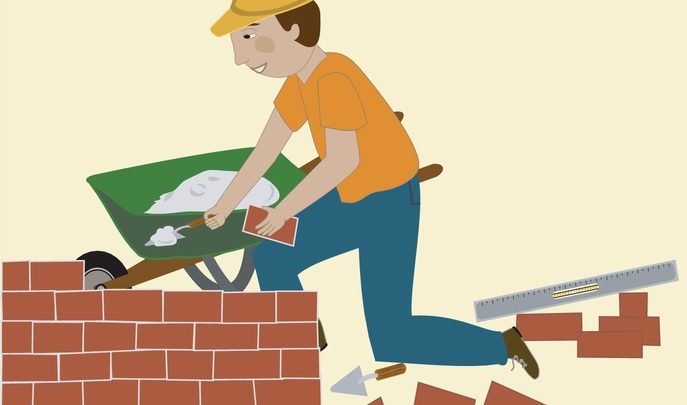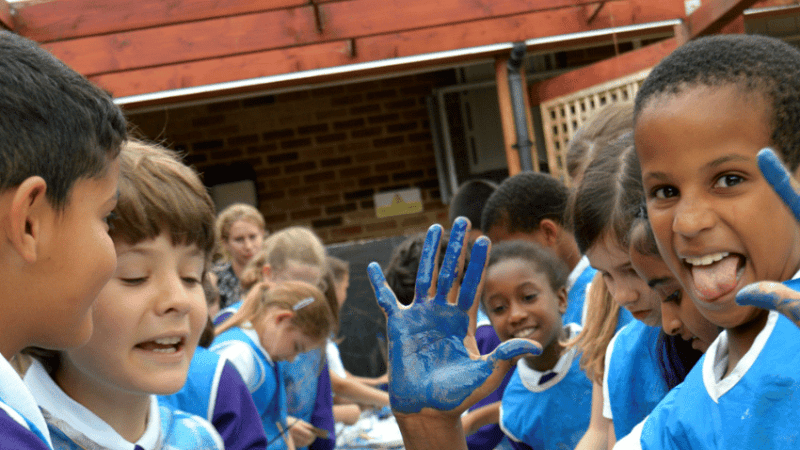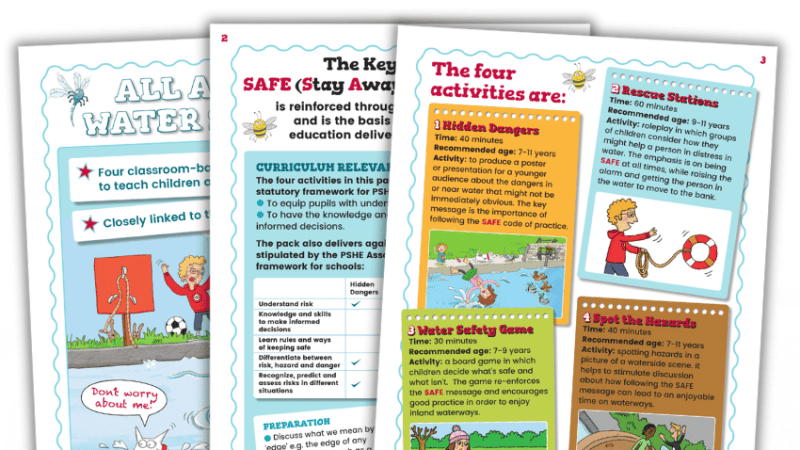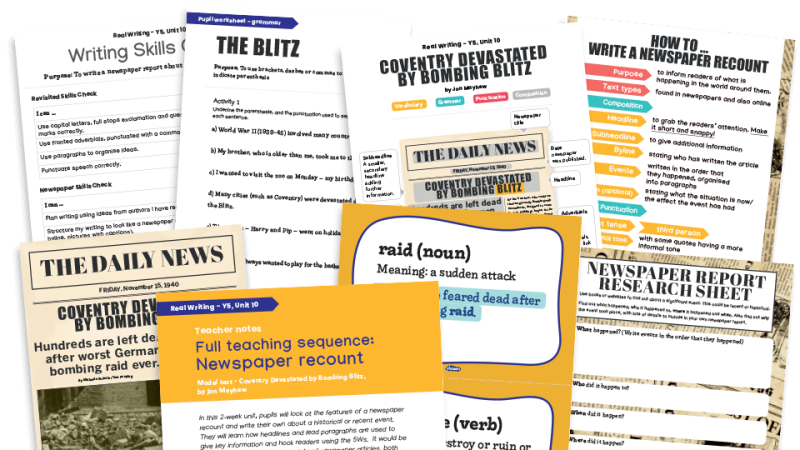Build Knowledge By ‘Doing’ – Why First-Hand Experiences Are Vital In Early Years

Young children learn best by ‘doing’, as the visit of a bricklayer to Carla Coward’s nursery classroom demonstrated…
- by Carla Coward

Like many of us, children learn best through action rather than instruction – that’s why first-hand experiences are so vital to early development.
Children thrive on the exploration and discovery that shapes their knowledge and understanding of how and why things work. The information they gather in this way is not simply filed in a memory bank for later reference, but worked through and repeated countless times in different situations, allowing them to process and make sense of what they have learned. By contrast, ‘passive learning’ does not provide opportunities for exploration, experimentation and discovery. As adults, we recognise this as being boring and typically do far better if we’re able to explore or carry out research for ourselves.
There’s scientific evidence to back up why this is the case. Brain research suggests that direct action, physical and intellectual engagement with experiences, in addition to problem solving and repetition, ensures that synapses – our brain’s wiring – become stronger (Bruce 2004). So what does this mean for our practice? Well, this type of hands-on learning occurs in everyday contexts when children are engaged in activities that matter to them. They need to be the directors of their learning, and it has to be real and meaningful for them. In turn, through observation, this learning will power others’ interests and desire to engage, and thus provide a scaffold for group learning.
Laying foundations
The first-hand experiences that we offer can be on a small or large scale, depending on the children we are working with and their interests. Recently my class had a large-scale learning experience. I had quite a lot of children interested in ‘building’, in various contexts. For example, one group were building walls to keep out baddies, while some children had recalled the story of Little Lumpty (who yearns to climb the wall from which Humpty Dumpty toppled, and nearly suffers the same fate)! by Miko Imai. Two others had experienced building work in their homes and were desperate to build a castle for the beautiful princess, and then there was the little boy who was the font of all knowledge regarding tools used by builders.
All these children came to the same conclusions and frustrations – their creations kept toppling over. Naturally, they were building tower-like constructions, a process that is experienced and learned in baby and toddler years. As adults, we know how bricks are placed to create sturdy buildings. I introduced the child to this concept by encouraging them to look at the walls in our nursery and discussing the strategic placement of the bricks. To reinforce this, I decided to see if I could get a local builder to come in and show the children how to build a wall, extend their understanding and enable them to experience the process of building first-hand. I could have continued to show the children how to build a wall myself; however, having a builder visit gave renewed enthusiasm to the children’s learning and made it more ‘real’ for them.
‘Buttering bread’
With a bit of research I was able to find a lovely builder, who worked with the children to build a wall. They had decided that a wall should be built for a Humpty Dumpty toy I have in my classroom. The builder explained to them that were six steps to building a wall. He talked about the importance of mixing the cement to the correct consistency, and supported them through the process using simplified language the children could relate to. For example, he likened placing cement on the end of the brick to ‘buttering bread’, which they were able to recal every time they came to this part of the process. At the end of the demonstration, the children were amazed that they had managed to build a wall that hadn’t instantly toppled over (as had been their previous experience). However, neither did the children become distressed when their creation did eventually get knocked over, because they were far more interested in the process of the construction than the end product. The continuous repetition of the process of building provided enjoyment, success, competence, confidence and motivation. The impact of this experience was evident during the following weeks, with lots of children constructing different buildings. They were recalling what the builder had said, where they should place the bricks and why they should work together.
The conversations and language the children used was enriched by their experience. Discussion of mathematical concepts and problem solving abounded. Their excitement at the activity had fired the children’s thirst for learning – and in turn enabled them to extend their learning and apply their newly found skills elsewhere.
Try it yourself
To ensure the first-hand experiences you offer are successful, keep the following points in mind…
Cooperate with the children’s agenda As practitioners we need to remember that we are not simply feeding children our knowledge but ensuring they are learning the fundamentals through their first-hand experiences. Sometimes we overlook the small things that capture children interests and exploration: we visited the school car park to look at the different vehicles; the children were intrigued to see the engine so we lifted the bonnet and had a look!
Think about the degree of adult input Make sure that practitioner input allows for active discovery, rather than instructive learning. It’s all too easy to engage with children at the wrong moment and interrupt the flow of thought or creativity. Ensuring the time is right will allow for pure, child-initiated learning.
Have conversations Having discussions with children about their existing knowledge and what they want to gain will allow them to make links and come to independent decisions with their next steps. I discovered that children have very good memories and can recall learning from several months previous.
Provide time Children require time to repeat their new skills and knowledge to reinforce its relevance and use in further learning. This setting aside of time and repetition embeds the foundations of understanding.
Reflect on the learning Explore with the children what they know, what they have discovered and how they approached it. Help them recognise when and where this knowledge can be applied in other situations.
Carla Coward is a nursery teacher at Westcourt Primary & Nursery School











